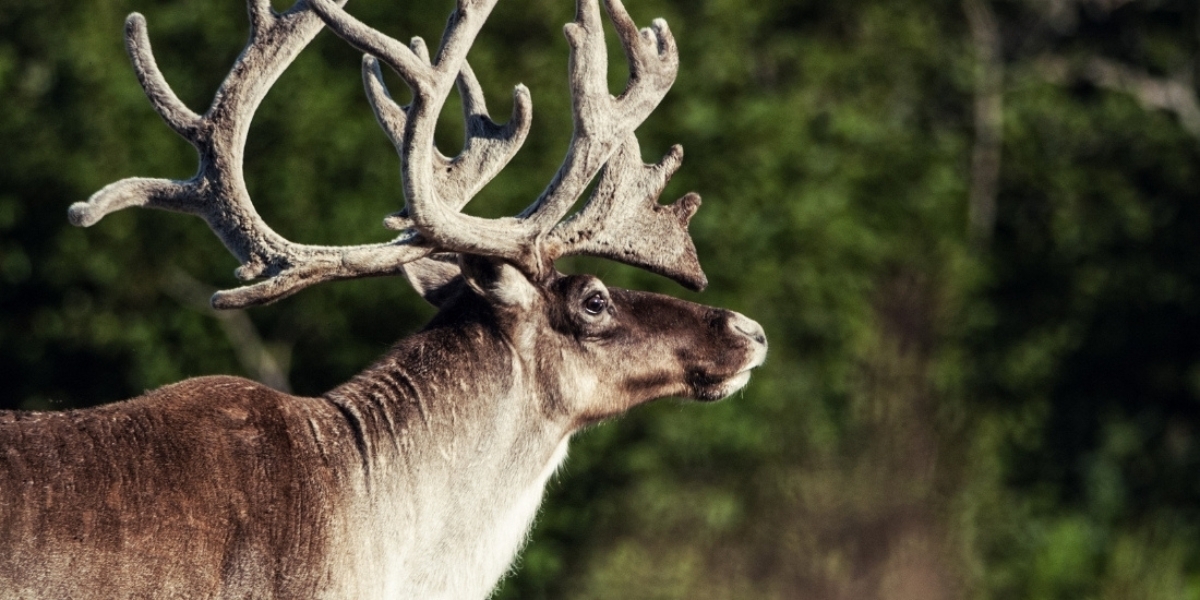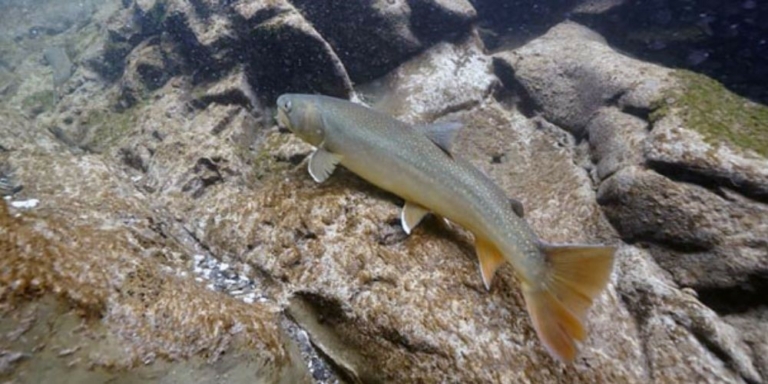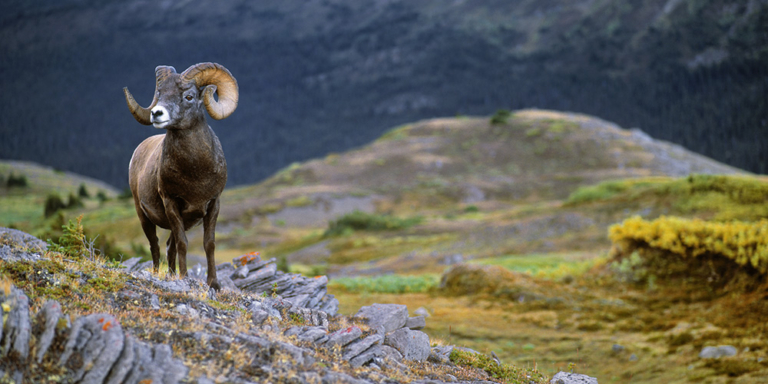Alberta’s woodland caribou have been listed as threatened since 1987, according to the province’s Wildlife Regulation. As the name suggests, a threatened species is one that is likely to become an endangered species if nothing is done to protect it.
That being said, an endangered species is one that is very likely to become extinct in the near future. Some popular examples include giant pandas, tigers, and orangutans.
Unfortunately, Alberta’s list of endangered species is long. The species on that list range from Nooksack dace to whooping cranes. But Alberta’s woodland caribou may soon find itself the latest member of a team no one wants to be on.
So, how do we protect endangered and threatened species? Under the Species at Risk Act (SARA), the federal government is legally required to create a species recovery plan. Once a plan is approved, the SARA protects the critical habitat of a species by banning activities that could destroy that habitat.
A critical habitat is the plants, animals, water, and weather in a specific region that is necessary for a species to recover and even thrive.
Here’s the odd thing, though: many of Canada’s recovery strategies don’t actually identify critical habitats. If an area is not identified as a critical habitat, how can it be protected?
This is one of the many examples of where Canada’s SARA falls flat.
It’s not all bad news, though. Parks Canada is looking to take action to save Alberta’s woodland caribou.
In Jasper National Park, woodland caribou herds are considered too small to survive. To combat this, Parks Canada plans to breed woodland caribou.
The agency will capture females and a small number of bulls to breed them in captivity. We aren’t talking about the bulls used for the Calgary Stampede. Among caribou species, a bull refers to a male caribou, while females are called cows.
Parks Canada is expected to begin construction on a breeding facility this winter. Captured caribou will be moved to this protected facility and bred in captivity.
If things go as planned, the first calves would be born in the spring of 2025. In total, the agency’s breeding program could produce approximately 20 calves per year.
This would be enough to bring the herd’s population to a sustainable level within the next decade. And that would be reason to celebrate.






